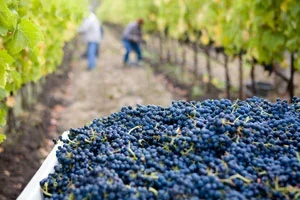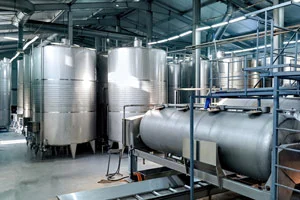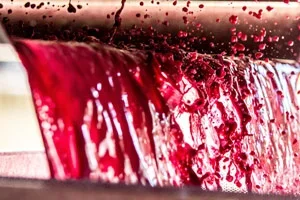Microbiology and biotechnology
Microorganisms are responsible for the transformation of grape must into wine. Millions of microorganisms are involved in this process. Some of these microorganisms are beneficial, such as the yeasts that carry out alcoholic fermentation, but some are also harmful, as they cause alterations in the wine. AGROVIN’s laboratory carries out different determinations related to this aspect:
Microbiological control
It allows viable populations of yeasts and bacteria to be identified, with a twofold objective:
- Monitor alcoholic fermentation, malolactic fermentation, or detect microbiological alterations during the various stages of wine production.
- Adjust physical and/or chemical treatments, avoiding risks in the bottled wine.
For this purpose, plate culture techniques are carried out with selective media and culture conditions, which allow for the enumeration of fermentative yeasts, lactic acid bacteria, acetic acid bacteria and Brettanomyces.
Study of stuck fermentation
A re-seeding test is carried out, following the AGROVIN refermentation protocol. is the test checks if the sugars in the sample are exhausted and issues a refermentation protocol adjusted to the volume in the cellar.
Malolactic capacity test
Parameters limiting the viability of lactic acid bacteria are analysed, and a test is performed to determine the suitability of the sample for MLF with a lactic acid starter culture.
Microscopic techniques
By means of brightfield and/or phase contrast microscopes, yeasts and bacteria present in the must or wine can be detected and differentiated by size and shape.
By combining microscopic observation with staining, it is also possible to differentiate between viable and non-viable micro-organisms.
Genetic determinations
Using different molecular biology techniques (PCR), it is possible to determine the genetic profile of fermenting yeasts (Saccharomyces cerevisiae) and bacteria responsible for malolactic fermentation (Oenococcus oeni), which makes it possible to know, for example, the degree of implantation of the strain of yeast or lactic bacteria inoculated, which are carrying out alcoholic or malolactic fermentation in a given sample.





